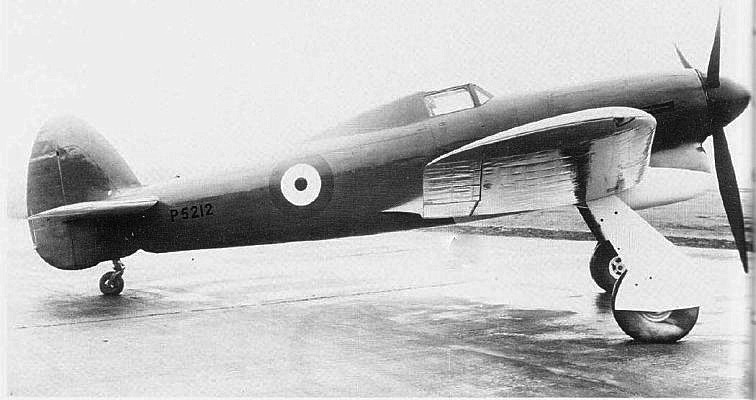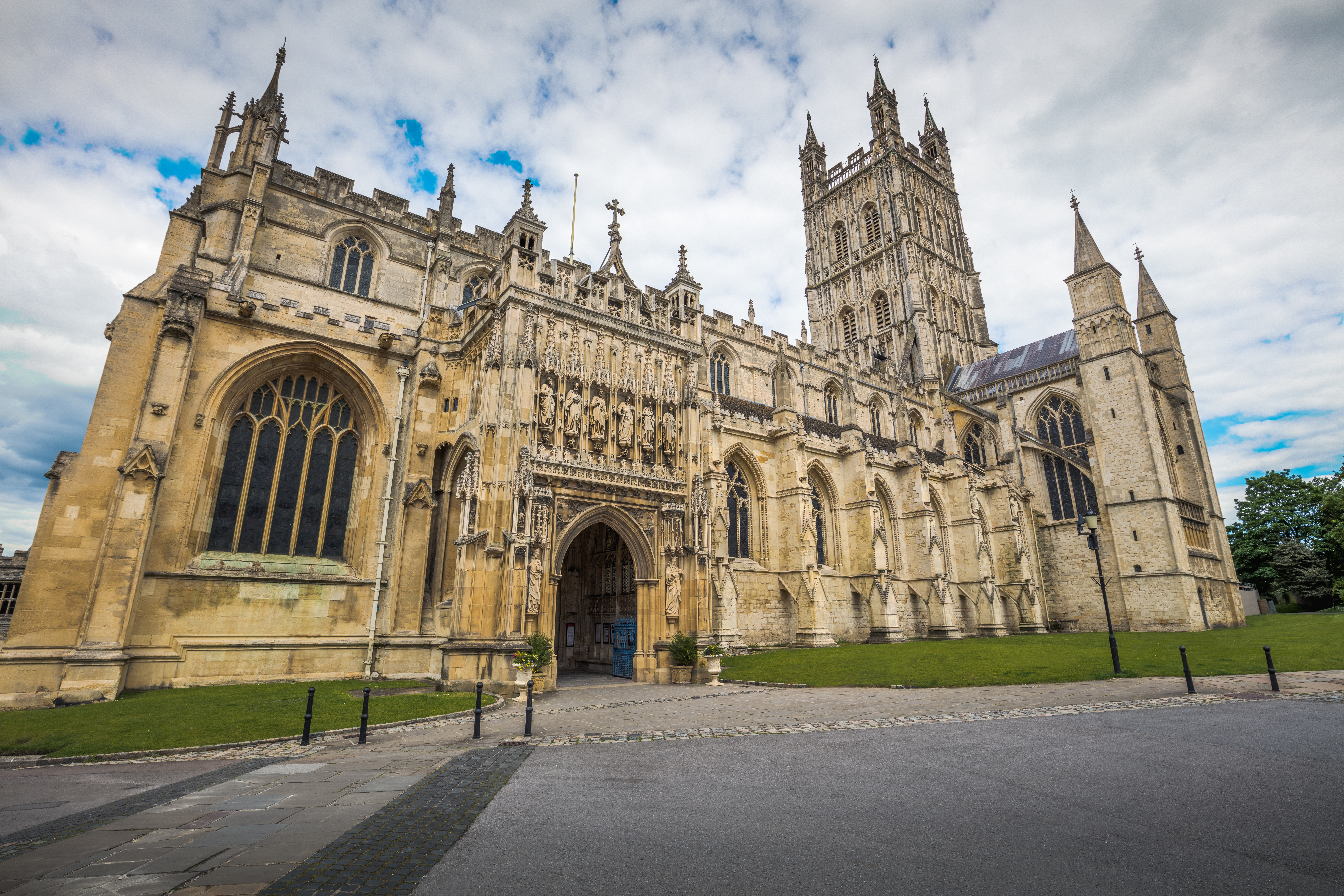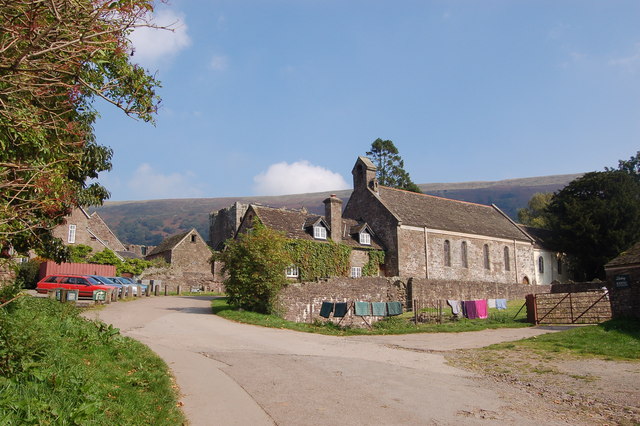|
Cooper's Hill, Brockworth
Brockworth is a village and parish in the Borough of Tewkesbury, Gloucestershire, England, situated on the old Roman road that connects the City of Gloucester with Barnwood. It is located southeast of central Gloucester, southwest of Cheltenham and north of Stroud. The population taken at the 2011 census was 7,387. The population increased to 9,422 at the 2021 Census. Since the mid-20th century, Brockworth has been known locally for the annual rolling of Double Gloucester cheese down Cooper's Hill. During World War II the nearby village of Hucclecote at the Gloster Aircraft Company produced the famous Hawker Hurricane#Production, Hawker Hurricane fighter, and following the war it gained renewed fame for producing several notable aircraft, including Britain's first Gloster Meteor, jet aircraft, which was test flown here. Brockworth is also the birthplace of actor, comedian and writer Simon Pegg. Governance An Wards and electoral divisions of the United Kingdom, electoral w ... [...More Info...] [...Related Items...] OR: [Wikipedia] [Google] [Baidu] |
Gloucestershire
Gloucestershire ( , ; abbreviated Glos.) is a Ceremonial counties of England, ceremonial county in South West England. It is bordered by Herefordshire to the north-west, Worcestershire to the north, Warwickshire to the north-east, Oxfordshire to the east, Wiltshire to the south, Bristol and Somerset to the south-west, and the Wales, Welsh county of Monmouthshire to the west. The city of Gloucester is the largest settlement and the county town. The county is predominantly rural, with an area of and a population of 916,212. After Gloucester (118,555) the largest distinct settlements are Cheltenham (115,940), Stroud (26,080), and Yate (28,350). In the south of the county, the areas around Filton and Kingswood, South Gloucestershire, Kingswood are densely populated and part of Bristol Built-up Area, Bristol built-up area. For Local government in England, local government purposes Gloucestershire comprises a non-metropolitan county, with six districts, and the Unitary authorities ... [...More Info...] [...Related Items...] OR: [Wikipedia] [Google] [Baidu] |
Wards And Electoral Divisions Of The United Kingdom
The wards and electoral divisions in the United Kingdom are electoral districts at sub-national level, represented by one or more councillors. The ''ward (subnational entity), ward'' is the primary unit of English electoral geography for civil parishes and borough and district councils, the ''electoral ward'' is the unit used by Welsh principal councils, while the ''electoral division'' is the unit used by English county councils and some unitary authority, unitary authorities. Each ward/division has an average electorate of about 5,500 people, but ward population counts can vary substantially. As of 2021 there are 8,694 electoral wards/divisions in the UK. An average area of wards or electoral divisions in the United Kingdom is . England The London boroughs, metropolitan boroughs and non-metropolitan districts (including most unitary authority, unitary authorities) are divided into wards for local elections. However, county council elections (as well as those for several unitary ... [...More Info...] [...Related Items...] OR: [Wikipedia] [Google] [Baidu] |
Gloster Javelin
The Gloster Javelin is a twin-engined all-weather interceptor aircraft designed and produced by the Gloster Aircraft Company. It was operated by the Royal Air Force from the mid-1950s until the late 1960s and was the final aircraft design to bear the Gloster name. The Javelin was designed in response to specification F.44/46 during the late 1940s and early 1950s as high-performance night fighter capable of all-weather operations. In terms of its basic configuration, it was a T-tailed delta-wing aircraft powered by a pair of Armstrong Siddeley Sapphire turbojet engines. Following a protracted development period, the Javelin was introduced to squadron service during 1956. Throughout its service life, the aircraft received several upgrades, which were typically focused upon its engines, radar and weapons, including support for the De Havilland Firestreak air-to-air missile. The Javelin was succeeded in the interceptor role by the English Electric Lightning, a supersonic air ... [...More Info...] [...Related Items...] OR: [Wikipedia] [Google] [Baidu] |
Hawker Typhoon
The Hawker Typhoon was a British single-seat fighter-bomber, produced by Hawker Aircraft. It was intended to be a medium-high altitude interceptor aircraft, interceptor, as a replacement for the Hawker Hurricane, but several design problems were encountered and it never completely satisfied this requirement.Thomas and Shores 1988, p. 16. The Typhoon was originally designed to mount twelve .303 British, .303 inch (7.7 mm) M1919 Browning machine gun, Browning machine guns and be powered by the latest engines. Its service introduction in mid-1941 was plagued with problems and for several months the aircraft faced a doubtful future. When the ''Luftwaffe'' brought the new Focke-Wulf Fw 190 into service in 1941, the Typhoon was the only RAF fighter capable of catching it at low altitudes; as a result it secured a new role as a low-altitude interceptor. The Typhoon became established in roles such as night-time intruder and long-range fighter. From late 1942 the Typhoon was equipped ... [...More Info...] [...Related Items...] OR: [Wikipedia] [Google] [Baidu] |
Gloucester Business Park
Gloucester Business Park is a business park situated in Brockworth on the outskirts of Gloucester, England with close links to the M5 and A417. Current residents of the business park include Direct Wines, EdF, Ageas, NHS The National Health Service (NHS) is the term for the publicly funded health care, publicly funded healthcare systems of the United Kingdom: the National Health Service (England), NHS Scotland, NHS Wales, and Health and Social Care (Northern ... and Detica. In 2009 the business park won an award from the British Association of Landscape Industries. References External links Gloucester Business Park website Business parks of England Buildings and structures in Gloucester {{England-org-stub ... [...More Info...] [...Related Items...] OR: [Wikipedia] [Google] [Baidu] |
Gloucester
Gloucester ( ) is a cathedral city, non-metropolitan district and the county town of Gloucestershire in the South West England, South West of England. Gloucester lies on the River Severn, between the Cotswolds to the east and the Forest of Dean to the west; it is sited from Monmouth, from Bristol, and east of the England and Wales border, border with Wales. Gloucester has a population of around 132,000, including suburban areas. It is a port, linked via the Gloucester and Sharpness Canal to the Severn Estuary. Gloucester was founded by the Roman Empire, Romans and became an important city and ''Colonia (Roman), colony'' in AD 97, under Nerva, Emperor Nerva as ''Glevum, Colonia Glevum Nervensis''. It was granted its first charter in 1155 by Henry II of England, Henry II. In 1216, Henry III of England, Henry III, aged only nine years, was crowned with a gilded iron ring in the Chapter House of Gloucester Cathedral. Gloucester's significance in the Middle Ages is unde ... [...More Info...] [...Related Items...] OR: [Wikipedia] [Google] [Baidu] |
Llanthony Priory
Llanthony Priory () is a partly ruined former Augustinians, Augustinian priory in the secluded Vale of Ewyas, a steep-sided once-glaciated valley within the Black Mountains, Wales, Black Mountains area of the Brecon Beacons National Park in Monmouthshire, south east Wales. It lies seven miles north of Abergavenny on an old road to Hay-on-Wye at Llanthony. The priory ruins lie to the west of the prominent Hatterrall Ridge, a limb of the Black mountains. The main ruins are under the care of Cadw and entrance is free. The priory is a Grade I listed building as of 1 September 1956. Within the precincts of the Priory are three other buildings with Grade I listed status: the Abbey Hotel, Llanthony Priory, Abbey Hotel, listed on 1 September 1956; Church of St David, Llanthony, St David's Church, listed on the same date, and Court Farm Barn, Llanthony Priory, Court Farm Barn, listed on 9 January in the same year. History Foundation The priory dates back to around the year 1100, when ... [...More Info...] [...Related Items...] OR: [Wikipedia] [Google] [Baidu] |
Brockworth Court
Brockworth Court is a Tudor house in the village of Brockworth, Gloucestershire, England. Dating from the 16th century, it is a Grade II* listed building. House The original house was granted to Llanthony Secunda Priory in the 12th century and remained as a Prior's residence until the dissolution of the monasteries in 1540 when it was granted to the Guise family by king Henry VIII. It was altered and extended in the 18th and 19th centuries. A large tithe barn dating from pre-Tudor dynasty, Tudor times, reflects the priory's wealth. Henry VIII and his second wife Anne Boleyn are noted as having visited in August 1535. Brockworth Court was inhabited by John Guise, the new Lord of the Manor, in 1540. The Tithe Barn was almost completely destroyed by fire in 1996 and rebuilt using traditional materials and methods. The restoration work was granted an award by the CPRE. The court is a Grade II* listed building In the United Kingdom, a listed building is a structure of particular ... [...More Info...] [...Related Items...] OR: [Wikipedia] [Google] [Baidu] |
Manor House
A manor house was historically the main residence of the lord of the manor. The house formed the administrative centre of a manor in the European feudal system; within its great hall were usually held the lord's manorial courts, communal meals with manorial tenants and great banquets. The term is today loosely (though erroneously) applied to various English country houses, mostly at the smaller end of the spectrum, sometimes dating from the Late Middle Ages, which currently or formerly house the landed gentry. Manor houses were sometimes fortified, albeit not as fortified as castles, but this was often more for show than for defence. They existed in most European countries where feudalism was present. Function The lord of the manor may have held several properties within a county or, for example in the case of a feudal baron, spread across a kingdom, which he occupied only on occasional visits. Even so, the business of the manor was directed and controlled by regular mano ... [...More Info...] [...Related Items...] OR: [Wikipedia] [Google] [Baidu] |
Tudor Architecture
The Tudor architectural style is the final development of medieval architecture in England and Wales, during the Tudor period (1485–1603) and even beyond, and also the tentative introduction of Renaissance architecture to Britain. It followed the Late Gothic Perpendicular style and, gradually, it evolved into an aesthetic more consistent with trends already in motion on the continent, evidenced by other nations already having the Northern Renaissance underway Italy, and especially French Renaissance architecture, France already well into its revolution in art, architecture, and thought. A subtype of Tudor architecture is Elizabethan architecture, from about 1560 to 1600, which has continuity with the subsequent Jacobean architecture in the early Stuart period. In the much more slow-moving styles of vernacular architecture, "Tudor" has become a designation for half-timbering, half-timbered buildings, although there are cruck and frame houses with half-timbering that consi ... [...More Info...] [...Related Items...] OR: [Wikipedia] [Google] [Baidu] |
Listed Building
In the United Kingdom, a listed building is a structure of particular architectural or historic interest deserving of special protection. Such buildings are placed on one of the four statutory lists maintained by Historic England in England, Historic Environment Scotland in Scotland, in Wales, and the Historic Environment Division of the Department for Communities in Northern Ireland. The classification schemes differ between England and Wales, Scotland, and Northern Ireland (see sections below). The term has also been used in the Republic of Ireland, where buildings are protected under the Planning and Development Act 2000, although the statutory term in Ireland is "Record of Protected Structures, protected structure". A listed building may not be demolished, extended, or altered without permission from the local planning authority, which typically consults the relevant central government agency. In England and Wales, a national amenity society must be notified of any work to ... [...More Info...] [...Related Items...] OR: [Wikipedia] [Google] [Baidu] |







